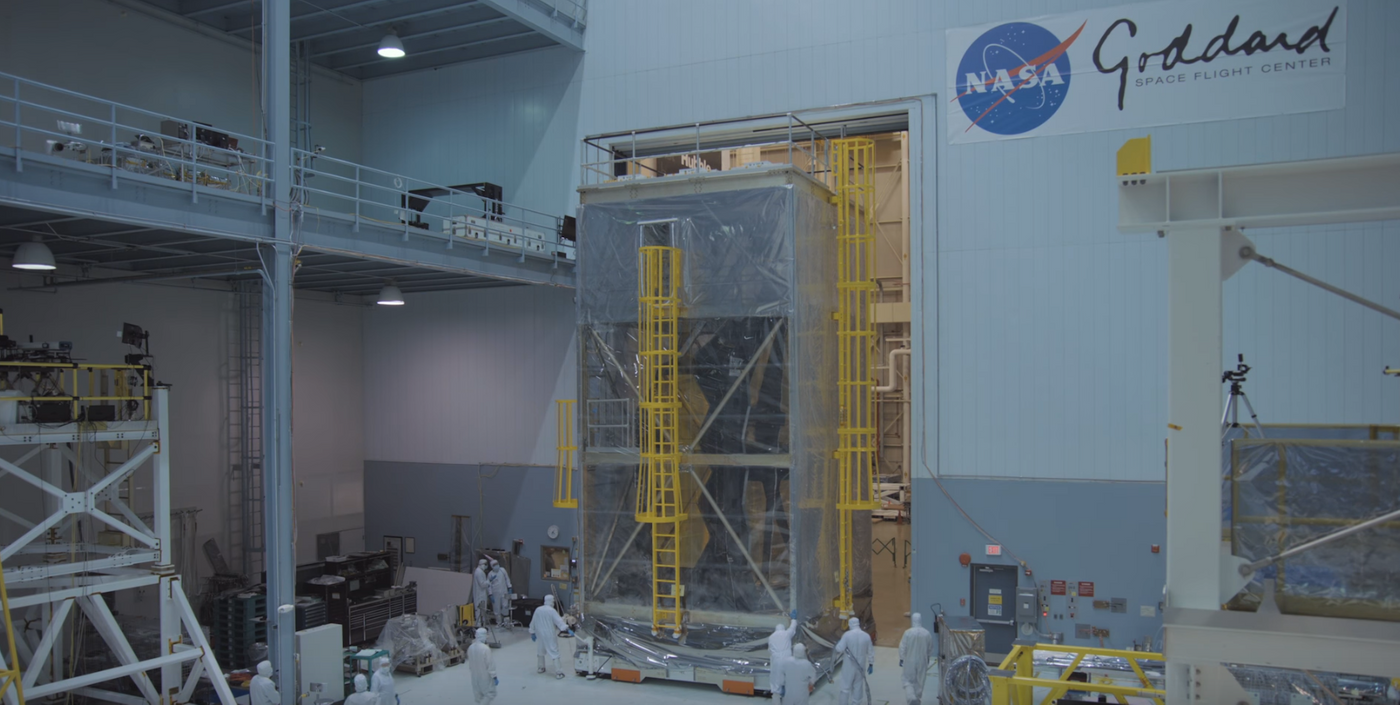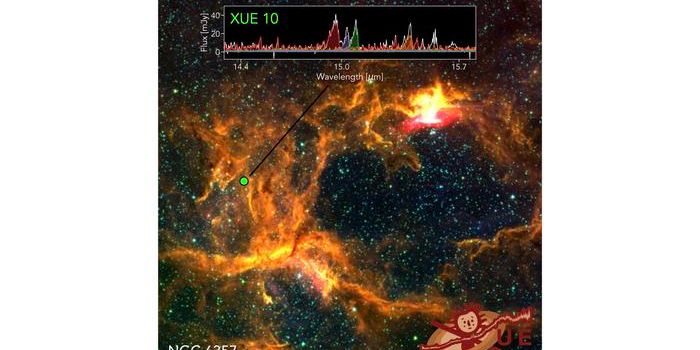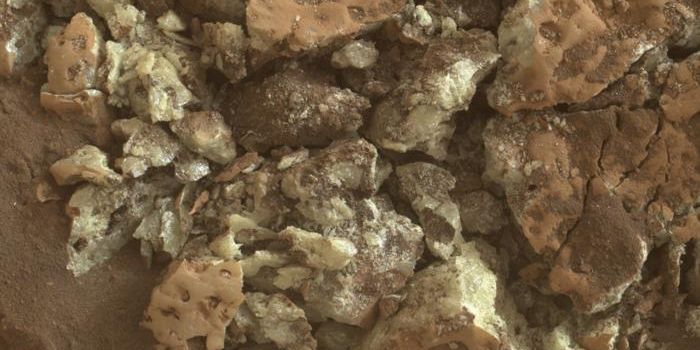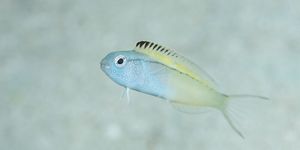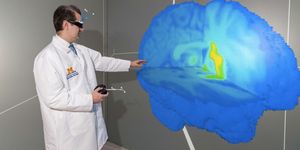James Webb Space Telescope Completes Vibration Testing
The James Webb Space Telescope (JWST) is the latest and greatest space telescope set to be launched into space since the Hubble Space Telescope. Dubbed Hubble’s official “successor,” the JWST will be able to penetrate deeper into space and observe more distant bodies that Hubble could only ever dream of seeing clearly.
JWST has officially emerged after being put through a vibration test at NASA’s Goddard Space Flight Center that simulates the launch from a rocket, just like what was experienced during the Apollo mission launches. After emerging researchers got to work ensuring that everything was connected properly and that nothing was out of calibration.
Image Credit: NASA Goddard/YouTube
It was then transported out of the testing chamber at a snail’s pace underneath a four-story tall veil that prevents dust and electrostatic contact from ruining the components.
The next step for JWST is to be put inside of a massive thermal vacuum chamber in Houston, Texas, at the end of April or beginning of May which will be used to ensure the spacecraft has what it takes to withstand an airless and chilly environment, just like it will experience when it eventually gets launched into outer space to orbit the Earth.
Also read: James Webb Space Telescope is nearing completion
If it passes these tests, it will then be shipped to Los Angeles where the final parts of the space telescope, including the sun shield, the solar array, and the satellite bus, will be attached. Afterwards, it will be transported to another facility where it will be prepared for its official launch.
JWST is quite different in design than its predecessor, and it’s not only the largest space telescope ever built, but it’s also the most powerful. With its massive primary mirror and sensitive sensory equipment, it should be able to help astronomers make incredible discoveries about our universe.
It’s so large, in fact, that it needs to be folded up like a nice piece of origami for transportation and launch. It won’t fully unfold from this state until it’s officially in outer space, which should happen sometime next year.
It should be interesting to see how the final major test goes. Once it finishes, we’ll just have to cross our fingers and hope that the launch and deployment go according to plan.
